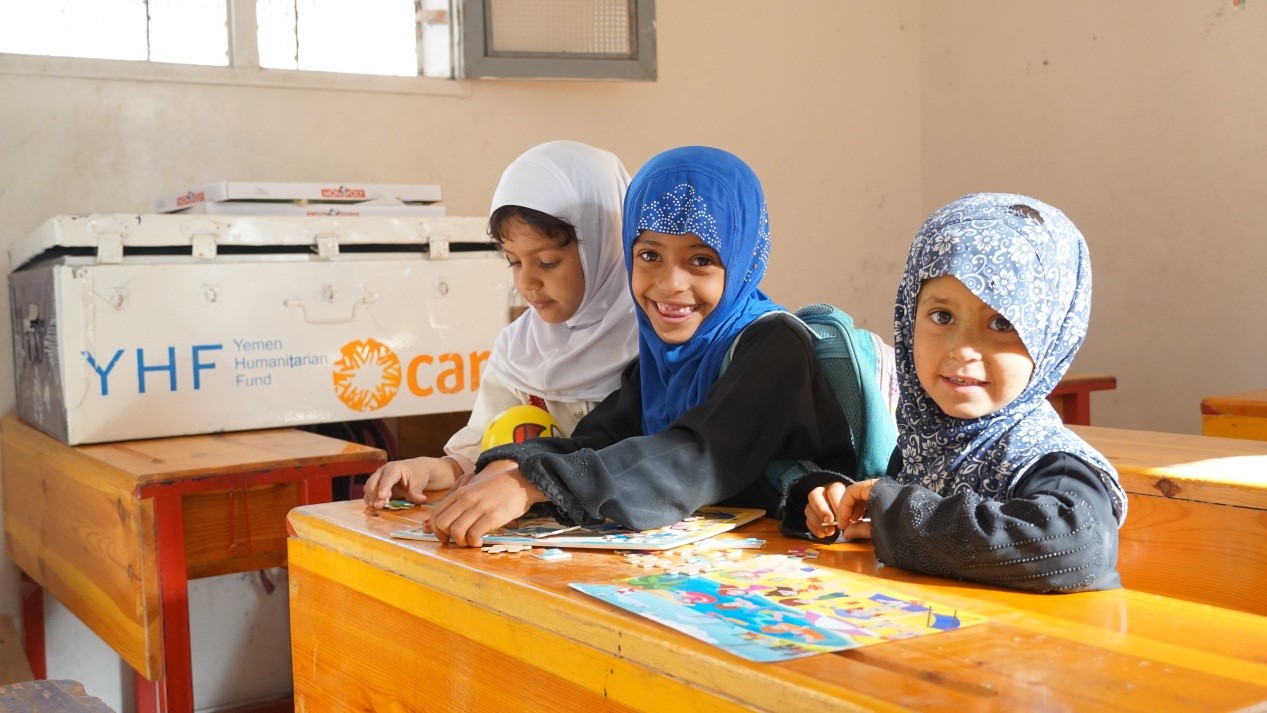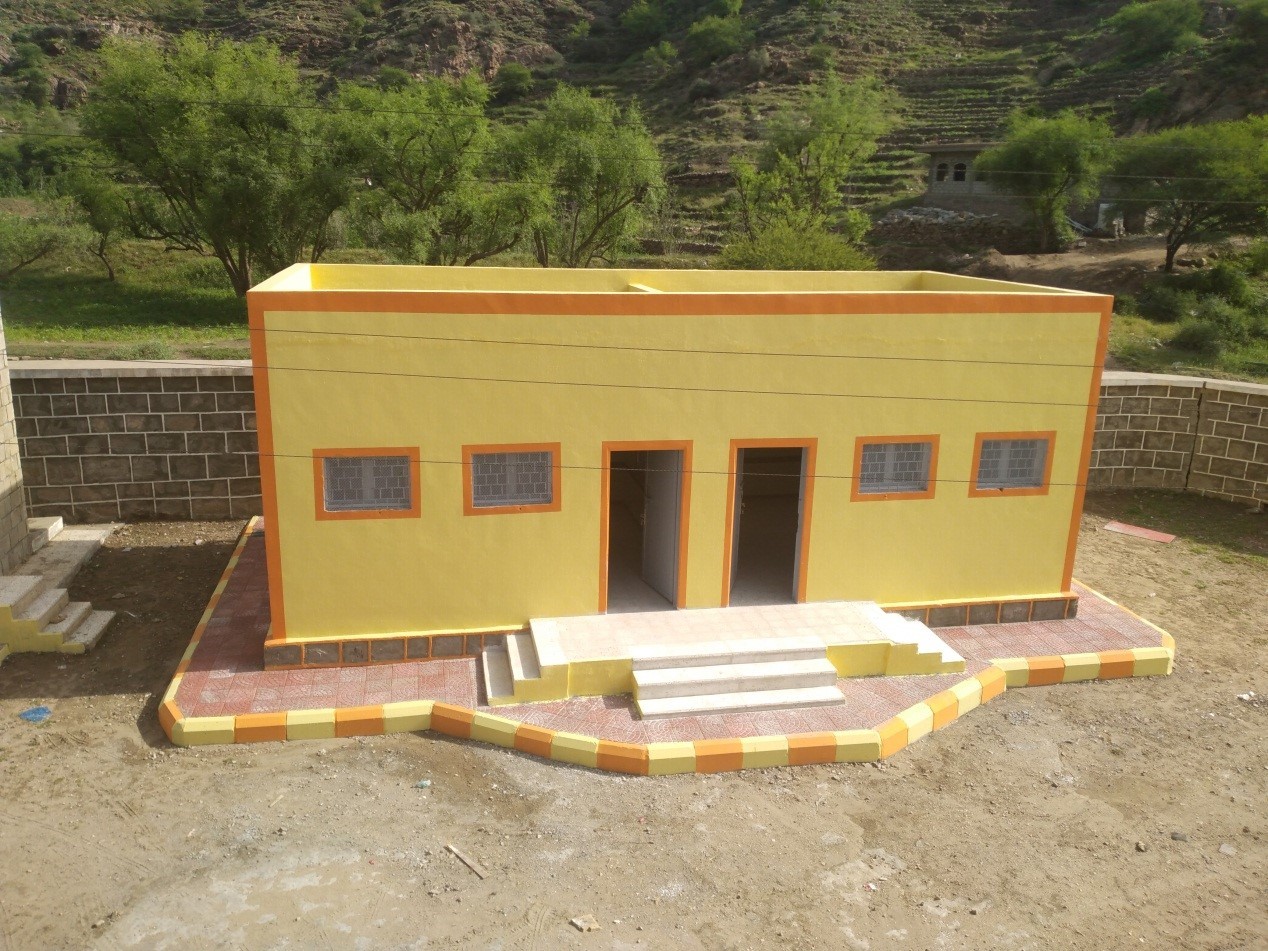During conflicts, children suffer first and suffer most. They are especially vulnerable to disease, malnutrition, and risks. Children living in conflict areas are more likely to be living in extreme poverty, for instance, and not enrolled in schools.
The seven-year-old conflict in Yemen has had a heavy toll on children’s lives, potential, and future, with 1.3 million Yemeni children in need of some form of humanitarian aid or protection. A child dies every nine minutes in Yemen due to preventable diseases, malnutrition, displacement, and conflict. Over two million children under five are at risk of experiencing acute malnutrition in the course of 2022, including about 538,000 children at risk of severe acute malnutrition to the extent where they will need treatment.
The conflict has had a negative impact on learning and education quality. More than two million school-age girls and boys in Yemen are out of school because of poverty, conflict, and lack of educational opportunities. Nearly one-third of schools across the country are damaged and/or unfit for learning. The humanitarian education cluster estimates that 8.1 million children across Yemen need emergency education assistance. Even where schooling is available, the educational environment is very challenging for young learners. Overcrowded classrooms, teachers not properly trained and paid, lack of books and learning materials, and limited access to preschools are some of the obstacles that young students have to face.



